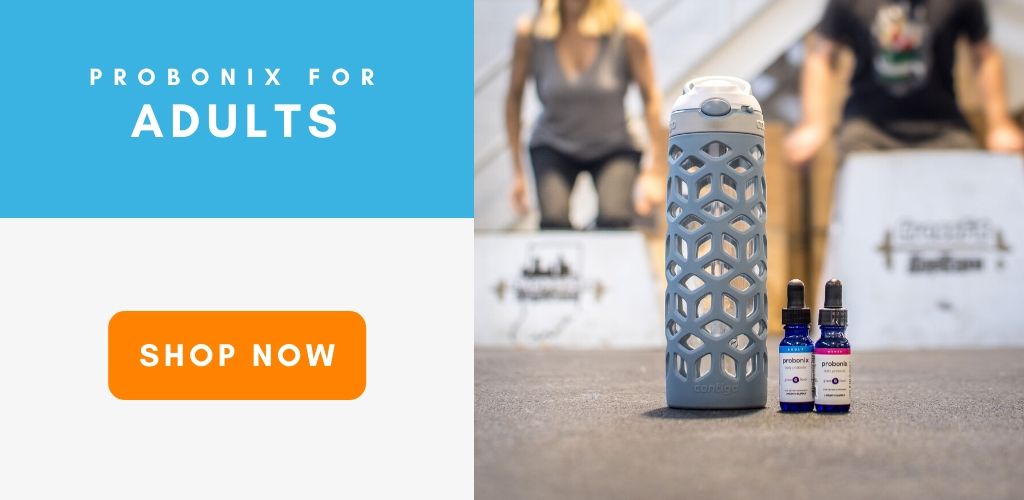In August 2017, Humarian launched a new cherry Probonix flavor along with a new and improved grape flavor. While we were making label changes to accommodate the new flavor information, we decided to include our VBNC designation. Because this abbreviation might be new to some, we wanted to provide this detailed explanation. So, here it is!
Why should you care about our VBNC designation?
It’s essentially a shorthand explanation for why Probonix does not behave like traditional probiotic strains with common probiotic viability tests. As the following article will explain in detail, Probonix delivers a large number of live and functional bacteria to the intestine (viable), but these bacteria are not yet in a replicating state (but nonculturable). This is why they will not curdle milk and cannot be used to make yogurt.
VBNC stands for a Viable But Non-Culturable state of bacteria.
This is what Humarian has termed our Lag Phase Bacteria (LPB). The probiotics in Probonix are saturated in a proprietary poly-matrix protection and immuration system to preserve and ensure stability without the need for refrigeration or prebiotics like fructooligosaccharides and arabinogalactans. This poly-matrix and immuration system places the individual bacteria in a temporary lag phase where the bacterial strains do not replicate, but are alive and metabolically able to adapt to the acidic conditions in which they are bathed. It is this adaptation to the environment that ultimately protects the probiotics in Probonix against the stomach acid, allowing them to reach the intestines.
This means the bacteria are viable and metabolically active, but not in a replicating state. Once the organisms reach the intestines, the environment changes, allowing bacterial growth to shift from the Viable But Non-Culturable (VBNC) lag phase to the replicating exponential phase where they multiply in number and proliferate throughout the intestinal tract, providing their many health benefits to the user of Probonix. This process dramatically enhances the survival and growth of bacteria over traditional probiotic supplements, since most other probiotic products rely on traditional encapsulation, refrigeration and prebiotic food for their live (replicating) and growing exponential phase bacteria.
Currently, the standard culturing techniques used to count and catalog CFUs only measure replicating cells. However, in response to the stresses of processing or proprietary product formulation (which is the case for Probonix), some fraction of the live probiotic microbes may enter a viable but non-culturable state (VBNC) in which they are dormant (non-replicating) but metabolically active. These microbes are capable of replicating once acclimated to a more hospitable host environment such as the intestinal tract.[i] To stay current with the most up-to-date research, it is appropriate for the term “viable live probiotic bacteria” to include the range of metabolically active states for reliable assessment.
Our unique approach to protecting our probiotics can throw off people used to using the “milk test” to check the viability of a probiotic. For more information on why the milk test is not a universal indicator for probiotic viability, check out our blog on Milk and Yogurt.
[i] Davis C. Enumeration of probiotic strains: Review of culture-dependent and alternative techniques to quantify viable bacteria. Journal of Microbiological Methods. 2014;103:9-17. doi:10.1016/j.mimet.2014.04.012.
People who liked this blog also read these:

